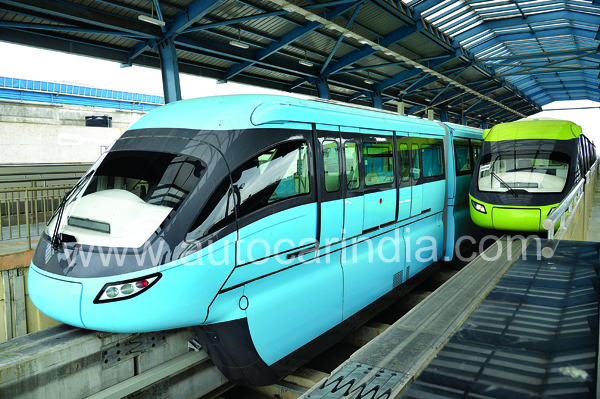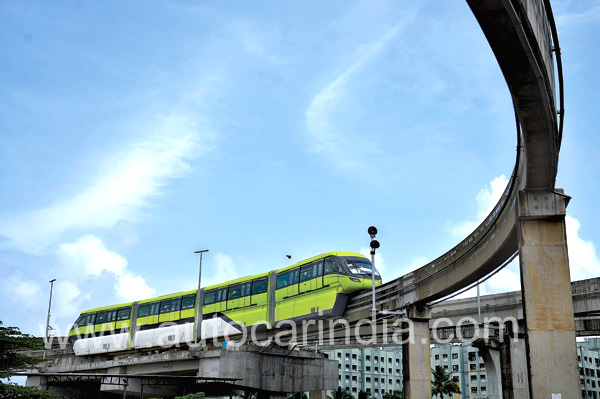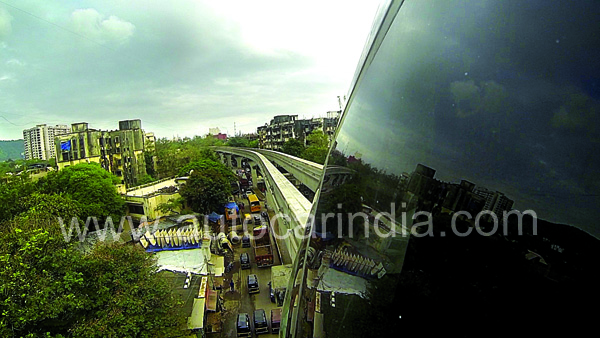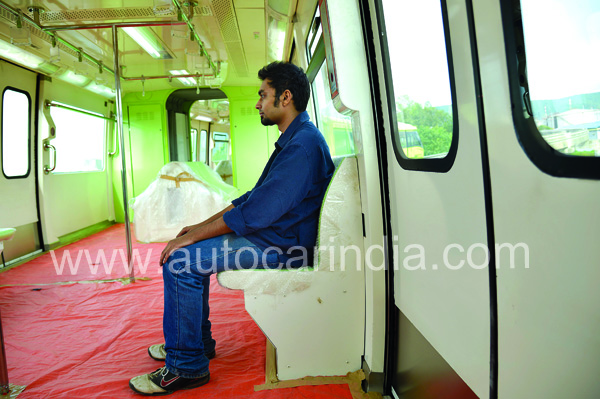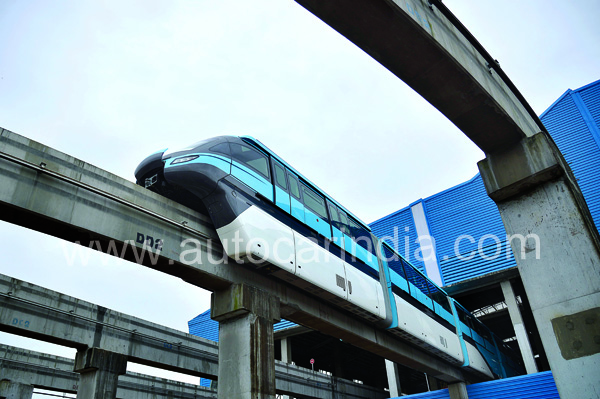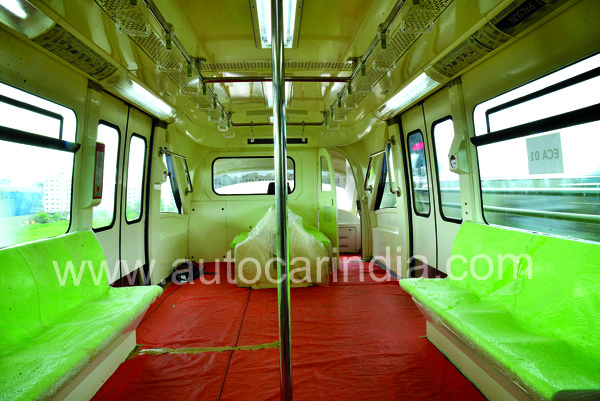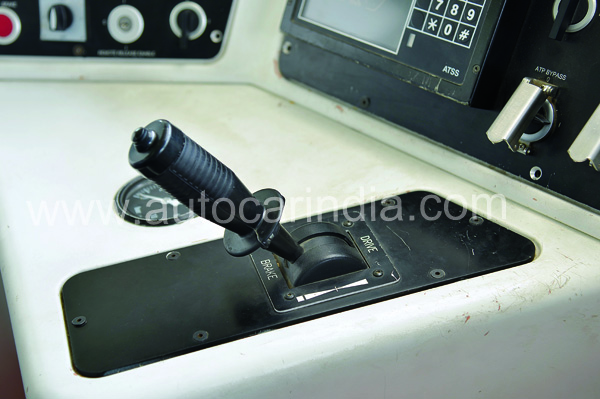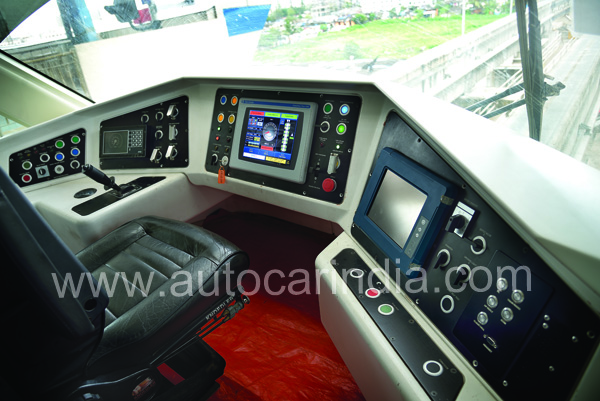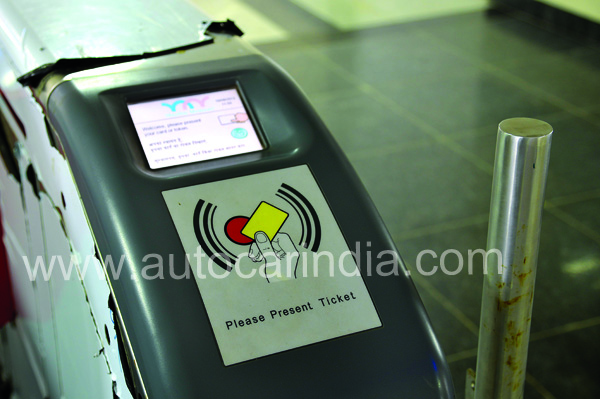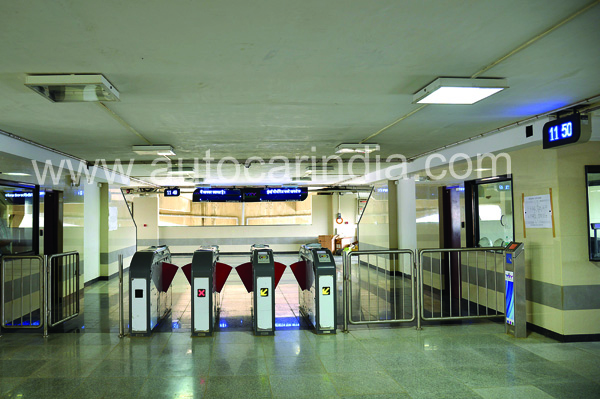It’s been about two decades since automatic transmissions started trickling into India through the likes of the Daewoo Cielo, Opel Astra and the Maruti Esteem AX. Today, most of the high-end cars are 100 percent automatic, but in the mainstream market, this transmission system hasn’t really gained traction with Indian buyers. In fact, despite a proliferation of automatics by premium brands, the total sales of cars with automatic transmission still accounts for less than five percent. However, that scenario may soon change.
The Auto Expo 2014 played host to the launch of the Maruti Celerio, which comes with an Automated Manual Transmission (AMT). And, more importantly, it’s the cheapest auto car you can buy in India today.
According to market sources, there has been an overwhelming response to the Maruti Celerio. Some dealerships claim that the Celerio EZ Drive or AMT version accounts for 70-80 percent of enquiries in certain dealerships.
Predictably, other mainstream carmakers are now embracing AMT tech. Though passed on in Europe for newer transmission technology, it is set to see a resurgence in India. Tata showcased the Nano Twist Active that, apart from the recently fitted power steering, also features an AMT ’box. This should help the Nano unlock its true potential as a city runabout. Tata also showcased the new Zest saloon AMT that, interestingly, is mated to the diesel engine. Mahindra too showcased an AMT-equipped Quanto ‘auto shift’, indigenously developed with help from Ricardo.






























